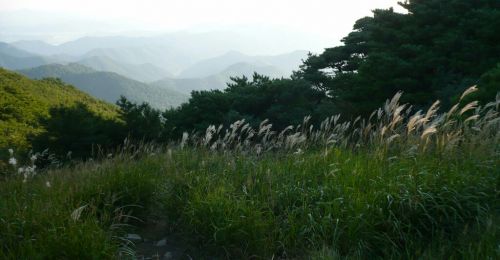Welcome to the geofictician wiki.
Jeongto, CC
| Z11, -21.68 °S, 124.55 °E | |
| Jeongto | |
| Official Name: 정토시 (hanja 淨土市) | |
| Other Names: Tierra Pura, JT (Jotaté) | |
| {{#MultiMaps-broken: | center = -21.68,124.55 | width = 280px | height = 230px | zoom = 10 | maxzoom = 12 | minzoom = 9 | layer = OGFCarto | }} | |
| Ciudad in the | |
| Status | Federal Subject Capital |
| Federal Subject | Flag of Colonia Coreana Colonia Coreana |
| County (군) | Jeongtoseo-gun |
| Geography | |
| Elevation | 240 m |
| Area | 327.01 km2 |
| Population | |
| Demonym | terrapurense, 정토사람 |
| Population | 657,000 (2014) |
| Density | 2009/km2 |
| Government | |
| Mayor (시장) | Bruno Jisan Hah |
| Transport | |
| Airports | 정토국제공원 |
| Passenger Rail | Commuter Rail 6 lines + Regional Rail |
| Metro | 정토메트로 (RUTA-JT) 3 lines+ monorail |
| Tram | No |
Jeongto (Gohangukian 정토시 [hanja 淨土市], Castellanese Ciudad Tierra Pura, Ingerish Pure Land City, Cambric Dinas Tirpur) is the capital of the Ardispherian federal subject Colonia Coreana and is the second-largest proper city (pop. 2014 est. 657,000) in the Ardispheric Federation, although it is only the third most populous metropolitan area (metro pop. 2014 est. 1,160,000).
Initially the city was founded as a utopian project in the 1840s by Gohangukian separatists under the leadership of the idealist Espartero Yun. After the civil war, as the Gohangukian-Ardispherian community grew more wealthy and powerful, Jeongto quickly grew to become an important agricultural and manufacturing center, and after the 1930s it grew even faster, drawing on the extensive hydroelectric infrastructure that was developed in the region.
While maintaining its lingustic and cultural identity as an ethnic Gohangukian enclave, it has nevertheless evolved into a well-integrated, internationally-oriented city. It has become a modern economic powerhouse of the Ardispherian, Archantan and World economies, with a highly educated and creative population, along with extensive high technology manufacturing, software development, venture capital and industrial design sectors, earning it the international sobriquet "Silicon Hills."
Name
History
Geography
Climate
Politics and Government
Mayor and Council
Public Services
Education
Economy
Demographics
Transportation and Infrastructure
Streets and Highways
Public Transportation
Rail
There are six commuter rail lines radiating west, north and east, and a metro network with 3 lines along with the circular monorail tying the lines together. A light rail addition to the metro network is projected currently to connect southward to Bigu-si. Unlike most other major Ardispherian cities, no tram network was ever built in Jeongto. The monorail line built during the 1974 World's Fair serves a somewhat similar function, however.
Commuter Lines
Metro and Monorail
Buses
Taxis and "Combi" Vans
Interregional Transit Hubs
Rail
Regional Buses
Airports
The Jeongto International Airport provides connections to several domestic destinations including Villa Constitución and El Cabo, as well as locations all over the world via multiple national and international carriers.
There is also general aviation airport (the former main airport before the current one was built) located in a constrained location near downtown on the lakeshore, called simply 시립공항 ("Municipal Airport"). Although it offers no commercial flights, it has a substantial number of corporate and private jets and the one of the busiest passenger heliports in the country.
Culture
Music
Cinema, Performing Arts and Media
Arts and Architecture
Museums
Parks
Jeongto has one of the largest per capita park systems in the Ardisphere, with more than TBD hectares. This is partly a result of its legacy as a "utopian" community and the foresight of its early planners, but is also a consequence of it featuring the rugged and beautiful range of hills and mountains along its southern perimeter.
Sports
Football
Cricket
Aldepaloti
Other Sport
Sibling Cities
Jeongto has several sibling cities, as per the guidelines of Sibling Cities of the World:
